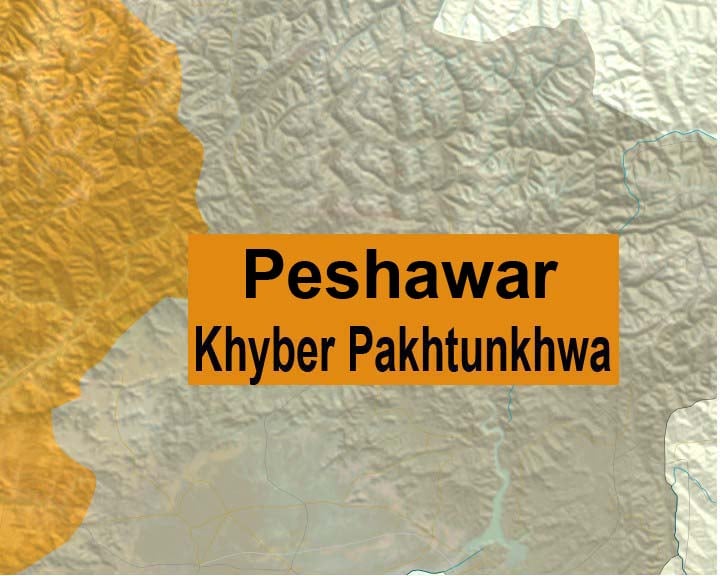
A colossal 80% of all diseases in Pakistan are caused by contaminated water, which in turn is the cause of 40% of deaths in the country.
A senior scientific officer at the Pakistan Council of Scientific and Industrial Research Laboratories Complex, Jehangir Shah on Thursday said a number of diseases are caused through consumption of unhygienic water.
In southern Khyber-Pakhtunkhwa (K-P), surface water resources are limited and ground water is brackish (salty) or only available in limited quantities at greater depths.
Central K-P has greater ground water potential with water being pumped from tube wells into houses, while northern K-P generally gets its water from springs. However, aging distribution systems, lack of local treatment facilities, and contaminated water sources have reduced the quality of drinking water across the province.
Shah said water pollution was characterised by deteriorating quality of land water (rivers, lakes, marshes) or seawater as a result of human activities, adding that fresh drinking water only made up 0.002% of the total water supply on the planet.
Shah maintained ground water gets contaminated when underground rocks are broken, spreading chemicals into the water supply. A second case of water contamination occurs when the water table rises and contaminated water on the surface mixes with clean water underground. Water can also be polluted when cracks appear in water pipes or water tanks are left uncovered, allowing contaminated substances to enter.
In KP, common sources of water are canals, tanks and wells. According to Shah, this water is often unsafe to drink, causing several water borne diseases. Additionally, unsafe water sanitation and hygiene practices are also responsible for the vast majority of diseases such as acute respiratory infection, cholera, malaria, typhoid, gastroenteritis, hepatitis A & E, polio, bacterial diarrhoea, dysentery, scabies, goitre and tuberculosis.
Shah said even today, there are millions of people in the world who have no access to safe drinking water. According to World Health Organisation (WHO) estimates, about 100 million children below the age of five suffer from diarrhoea in developing countries every year.
Nowshera after 2010 floods
The findings of a study on chemical characteristics of different drinking water sources in Nowshera were revealed during the conference. Physical parameters studied included colour, taste, turbidity, conductivity, and pH, whereas the chemical parameters were toxic substances, total dissolved solids, total suspended solids, total hardness, calcium hardness, magnesium hardness, chlorides, sulphates, nitrites, sodium, and potassium.
Water samples were collected from different sources such as tube wells, dug wells and hand pumps. Most parameters were found to be much higher than what are considered permissible levels by the WHO. More than 60% of the samples were found to be unfit for drinking, Shah informed.
The results indicated water quality in Nowshera deteriorated due to floods in 2010. Moreover, recent rains in the province have swept away animals, household items, and other belongings, further causing water pollution.
Badly affected areas include Mohib Banda, Dheri Mian Ishaq, Tetaray, Khush Maqam, Jabba, Nowshera Kalan, Zakhel Payan, Bara Banda, Amankot, Hakeem Abad, and Dag Besood.
The present studies are aimed at evaluating the drinking water of district Nowshera, and shedding light on methods that can be used to improve water quality.
From the study undertaken, it can be concluded that most water resources in the district have been badly contaminated as a result of the 2010 floods, said Shah. Tube well water, on account of its deep depth (400-500 ft), has until now been safe from any permanent damage, he clarified.
Published in The Express Tribune, March 22nd, 2013.

















COMMENTS
Comments are moderated and generally will be posted if they are on-topic and not abusive.
For more information, please see our Comments FAQ